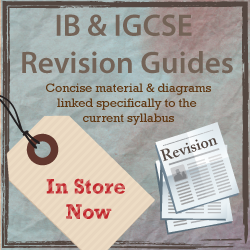
Coal
- The most abundant but also most polluting of the fossil fuels.
- Large reserves of coal remain in many countries and are often located near close to the surface. It is the cheapest fossil fuel to extract in most cases.
- Coal fired power stations are being built on a large scale in some LEDCs such as China to power industrialisation.
- New technologies are being developed that allow cleaner burning of coal (Carbon Capture & Storage).
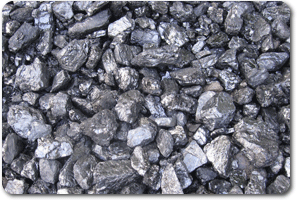
Oil
- Crude oil has become the fossil fuel that most economies rely on for their energy and transportation needs.
- Large reserves have been exploited and many people argue that we are currently nearing the peak and facing future shortages.
- New reserves such as the Alberta Tar sands have become economically viable due to the rising price of oil.
- Oil is less polluting than coal but more than natural gas.
- Many of the oils major reserves are in the Middle East.
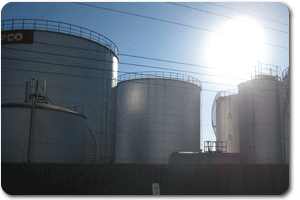
Natural Gas
- The cleanest of the fossil fuels in terms of air pollution.
- Large reserves of gas have been found in layers of shale underground in many countries.
- The avility to compress it to a liquid for transportation makes it easier and cost effective to move large distances on tankers & through pipelines.
- Many developed economies are increasingly relying on gas for domestic use (heating, cooking).
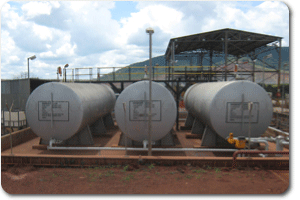
Hydro-Electric Power
- Electricity generated by released water spinning turbines. This requires fast flowing water or high water pressure (dams).
- A very clean form of energy (after the intitial building of the dam).
- Many of the most suitable rivers have already been used to harness HEP. New projects are larger in scale and the turbines are more efficient.
- HEP dams destroy large areas of vegetation & can cause environmental problems downstrean due to changes in river flow.
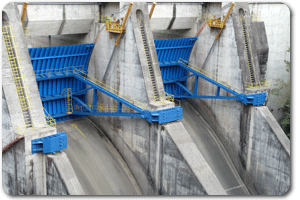
Wind
- An increasingly popular form of power generation.
- Initial set up costs are high.
- There has been opposition to wind farms in many places due to the impact on the scenery, noise pollution and danger to birds.
- Large offshore wind farms are being developed but these required considerable investment and need infrastructure to deliver the power to where it is used.
- Larger windmills are increasing efficiency.

Wood
- Wood is non-renewable in the sense that once it is burn it is used.
- It is regarded as a sustainable resources since if forests are managed it will regenerate and provide a continuous supply.
- Wood is used primarily in LEDCs for fuel for heating and cooking.
- Deforestation in mny LEDCs due to demand for wood as a fuel is leading to major environmental problems such as soil erosion, desertification and increased flooding.
- Efficient wood burners & maanagement strategies are helping.

Geothermal
- Using the heat of the earth to generate power.
- It is commonly used as a source of heating for buildings through pipes that heat water underground & then run through houses.
- In some places it is used to generate electricity by using the steam to turn turbines Indonesia & the U.S.A.
- There are few negative side effects of geothermal power.
- It is very expensive to set up but then requires no additional fuel once established.

The Deepwater Horizon Oil Spill - 2010
Interactive Links
deepwater horizon oil-spill: map
deepwater horizon oil-spill: commentary & photos
deepwater horizon oil-spill: photo slide show


